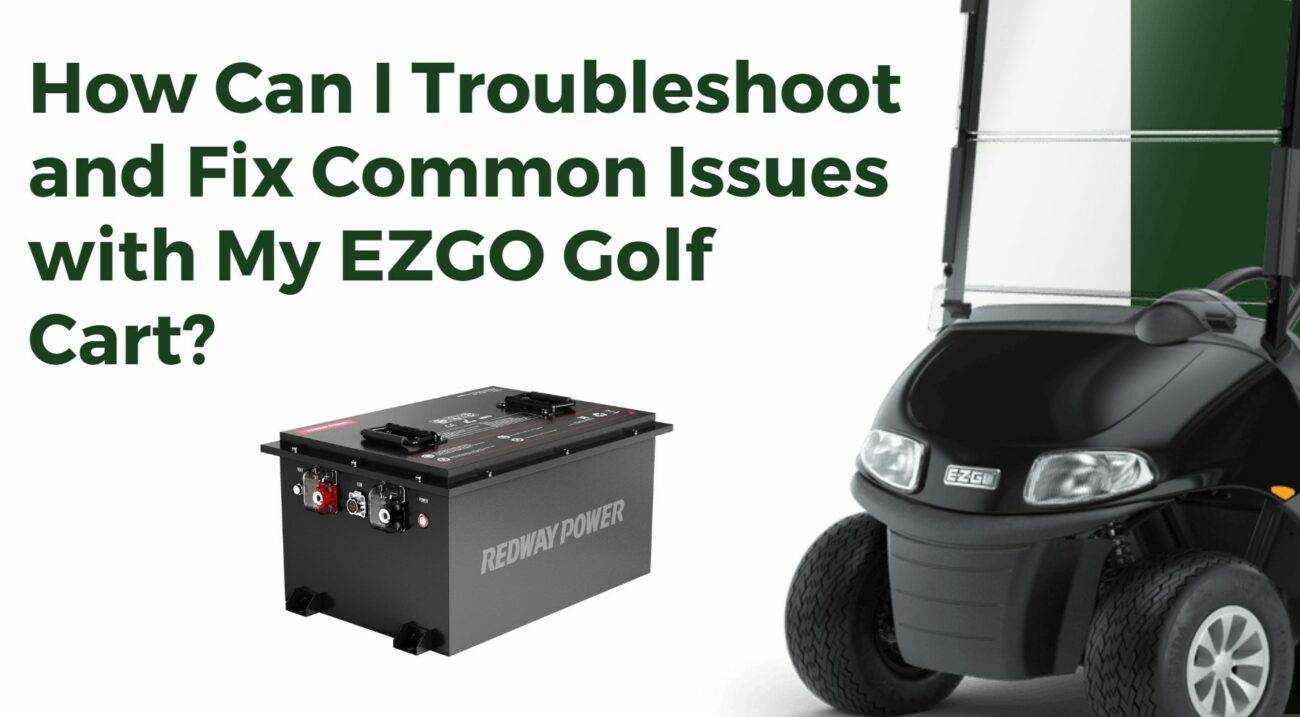
Blog
How Do You Safely Change Forklift Tires?
Forklifts are indispensable in warehouses, construction sites, and manufacturing facilities, but their tires endure immense stress daily. Proper tire maintenance isn’t just about operational efficiency—it’s a critical safety requirement. This guide combines best practices for changing forklift tires, integrating technical know-how with actionable insights to help operators and facility managers reduce downtime, avoid accidents, and extend equipment lifespan.
LiFePO4 Forklift Batteries OEM Manufacturer
How Do You Ensure Safety When Changing Forklift Tires?
Safety begins before the first tool is picked up. According to OSHA, 70% of industrial accidents involving forklifts occur during maintenance, often due to improper stabilization or ignored lockout protocols. Always park the forklift on level ground and engage the parking brake. Use hydraulic jacks rated for at least 1.5 times the forklift’s weight capacity—a 10,000-lb forklift requires a 15,000-lb jack. Wear ANSI-approved gloves, impact-resistant goggles, and steel-toe boots to guard against flying debris or pinch points. Disconnect the battery to eliminate accidental ignition risks, and never place body parts under an unsupported chassis. Facilities like Amazon fulfillment centers have reduced tire-related incidents by 40% by mandating OSHA’s lockout/tagout (LOTO) training for all maintenance staff.
What Tools Are Essential for Forklift Tire Replacement?
A well-equipped toolkit prevents delays and injuries. Essentials include:
- Hydraulic Jack: 5+ ton capacity with wide base plates for stability.
- Lug Wrench/Pneumatic Impact Gun: Speeds up lug nut removal, especially for Class IV forklifts with 8+ nuts per wheel.
- Bead Breaker: Critical for separating pneumatic tires from rims without damaging the wheel.
- Torque Multiplier: Reduces effort when dealing with lug nuts torqued to 120 ft-lbs or higher.
For solid tires, a 20-ton hydraulic press ensures even seating. Brands like Gray Pneumatic offer kits with forklift-specific adapters. A 2023 study by Material Handling News found facilities using tire cages for pressurized systems reduced explosion-related injuries by 62%.
Step-by-Step: Removing and Installing Forklift Tires
Removal Process
Start by loosening lug nuts while the tire is grounded—this prevents the wheel from spinning. Lift the forklift until the tire clears the floor. For pneumatic tires, deflate completely using a valve core tool to avoid bead tension. Pry bars (18-24”) help break the bead seal, but avoid scratching the rim. Solid tires often require cutting with a reciprocating saw or pressing out with a hydraulic ram. Pro Tip: Apply penetrating oil to rusted studs 15 minutes before removal.
Installation Best Practices
Clean the wheel hub with a wire brush to remove rust or debris. For pneumatic tires, apply FDA-approved tire lubricant (e.g., Henkel LOCTITE LB 8023) to the bead seat. Align the tire with the studs and hand-tighten nuts in a star pattern. Lower the forklift until the tire partially contacts the ground, then torque to manufacturer specs—typically 80-120 ft-lbs. Under-inflation is a leading cause of premature wear; use a digital gauge to hit the recommended PSI (usually 90-110 for pneumatic tires).
Troubleshooting Common Forklift Tire Issues
Operators frequently encounter:
- Vibration: Caused by uneven torque (resolve with calibrated wrench) or bent rims (requires professional machining).
- Sidewall Cracks: Indicates UV degradation or chemical exposure—replace immediately.
- Solid Tire Slippage: Often due to improper press-fit. Re-press at 12-15 tons of pressure.
Facilities in cold storage environments (-20°F) should opt for cold-rated pneumatic tires, as standard rubber hardens, reducing traction by 30%.
When to Call a Professional: Signs You Need Expert Help
While DIY works for minor issues, certain scenarios demand certified technicians:
- Bead Seat Corrosion: Compromises tire sealing. Requires rim replacement or resurfacing.
- Split Rim Damage: High-risk component; assembly errors can cause explosive failures.
- Axle Misalignment: Manifests as uneven tread wear. Needs laser alignment tools.
Companies like Conger Industries use OEM-grade diagnostics and comply with ANSI/ITSDF B56.1 standards, ensuring repairs meet OSHA and manufacturer warranties.
Choosing Between Pneumatic and Solid Tires: A Data-Driven Approach
| Tire Type | Best Use Cases | Cost/Lifespan |
|---|---|---|
| Pneumatic | Outdoor yards, uneven terrain | $200-$400/tire; 1-2 years |
| Solid (Polyurethane) | Indoor warehouses, high debris | $500-$800/tire; 3-5 years |
Pneumatic tires excel in shock absorption but require monthly pressure checks. Solid tires eliminate flats but increase vibration—add cushioning pads for operator comfort. Hybrid models like Michelin’s X® LINE ENERGY™ blend puncture resistance with 15% better energy efficiency.
Proactive Maintenance: Maximizing Tire Lifespan
Follow this checklist to avoid costly replacements:
- Rotate Tires: Every 500 operating hours or quarterly.
- Clean Weekly: Remove oil, solvents, or metal shavings that degrade rubber.
- Inflation Checks: Under-inflated tires increase rolling resistance by 20%, straining motors.
Columbia Steel Casting Co. reported a 30% reduction in tire costs after implementing AI-powered wear monitoring systems.
Expert Insights: Avoiding Costly Mistakes
“Many facilities overlook torque specifications, leading to warped brake drums,” notes Jim Kerr, Lead Engineer at Redway Power Solutions. “Use a Snap-on TechAngle wrench for precision. For lithium-ion forklifts, ensure tire changes don’t void battery warranties—some OEMs require certified service providers.”
Conclusion
Changing forklift tires demands a mix of technical skill, safety vigilance, and the right tools. Whether managing replacements in-house or partnering with specialists, prioritize OSHA compliance and manufacturer guidelines. Regular maintenance and informed tire selection not only cut costs but also safeguard your team and productivity.
FAQs
- Can I retread forklift tires?
- Pneumatic tires can be retreaded 2-3 times if the casing is intact. Solid tires cannot be retreaded.
- How long does a tire change take?
- With proper tools, 45-90 minutes per tire. Add 30 minutes for pressurized systems requiring safety checks.
- Are foam-filled tires a good alternative?
- Yes—they combine puncture resistance (no air) with vibration damping. Ideal for recycling plants with sharp debris.




